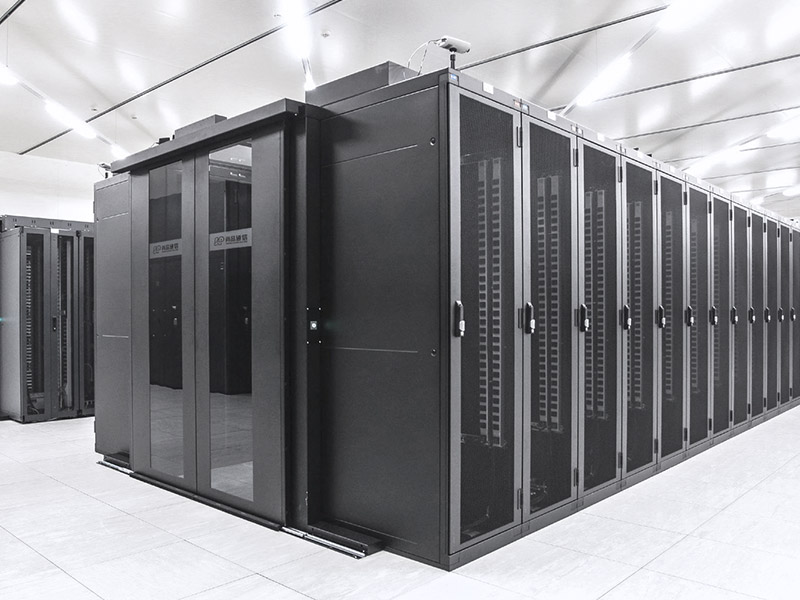As IT equipment tends to be in the era of high-density centralized management, the energy consumption problem faced by data center equipment rooms is becoming more and more prominent. During the life cycle of a data center, the cost of electricity usage can exceed the total cost of IT equipment. According to statistics, 40%-50% of its total power load is generated by cooling equipment, and reducing the energy consumption of the cooling system is the most direct and effective measure to improve the energy efficiency of the data center. How to realize the energy saving of the cooling system of the data center without lowering the temperature of the equipment room? The following are the energy saving measures of the cooling system of the data center.
1. Reduce and eliminate the mixing of hot and cold air in the computer room
Data center rack cooling is usually in the form of cold air entering from the front of the rack and expelling from the rear of the rack after heat exchange in IT equipment. However, there are many situations and reasons that can lead to a direct short-circuit mixing of the cold air flow in front of the rack and the hot air flow behind the rack.
1. Use blind panels
In practice, the use of blind panels can reduce the operating temperature of IT equipment by 10 degrees. For equipment adjacent to unused space and directly above this space (covered with blind panels), the effect of using blind panels is obvious; using blind panels can reduce overheating and avoid "hot spots" in data centers and network rooms. happened. When the blind plate is added, the same server air inlet temperature can be obtained even if the air conditioner exhaust temperature is higher. It also reduces dehumidification work and increases the efficiency of air conditioning equipment.
2. Prevent circulating air flow from other configuration defects in the rack
In the data center room, other types of equipment installed in the racks can also cause exhaust air to return to the front of the racks. Additionally, some rack structure designs do not inherently isolate the intake air from the exhaust air.
If the vertical rack space is not being used, the void will allow hot exhaust air to return to the equipment air intake, thus causing overheating problems, blanking plates can be used in the unused rack locations.
If the rack slides are inserted on the sides of the rack, the side clearances can cause overheating problems by allowing hot exhaust air to return to the equipment air intake, and you can use a rack with no clearance between the rails and the side of the rack. The voids around the servers allow hot exhaust air to return to the equipment air intakes, causing overheating problems, enabling flip-up LCD monitors, using baffles to mount CRT monitors.

2. Reduce and eliminate the mixing of hot and cold air in the computer room
1. Use cold and hot channel isolation to improve cooling effect
The function of setting up airflow cold and hot aisles is to improve the cooling effect of the rack, and at the same time, the cooling capacity of the air conditioner can be fully utilized.
2. The correct layout of refrigeration equipment improves the isolation of refrigeration channels and improves cooling efficiency
The location of the air conditioner is also important for air distribution. According to the air distribution architecture, the air conditioner should be placed perpendicular to the aisle (cold aisle or hot aisle), and when using a raised floor to distribute air, the air conditioner equipment should be placed at the end of the hot aisle. The hot air return path to the air conditioner is directly below the aisle and does not direct air above the aisle, reducing the chance of air recirculation. Since it is difficult to mix with the hot air in the machine room, the cooling capacity of the air conditioner will be increased due to the increase of the return air temperature.
3. Correctly design the air supply vents and return air vents
The air outlet should be placed in the cold aisle and as close as possible to the air inlet of the equipment. Any locations that are not running equipment should be closed, as these supply vents can affect the temperature entering the air conditioner. The key to setting the return vent is to place it as close as possible to the equipment exhaust and to collect hot air from the hot aisle. In some cases, an overhead ceiling is used for forced ventilation so that the return air vents can be easily coordinated with the hot air aisles.








 Home
Home